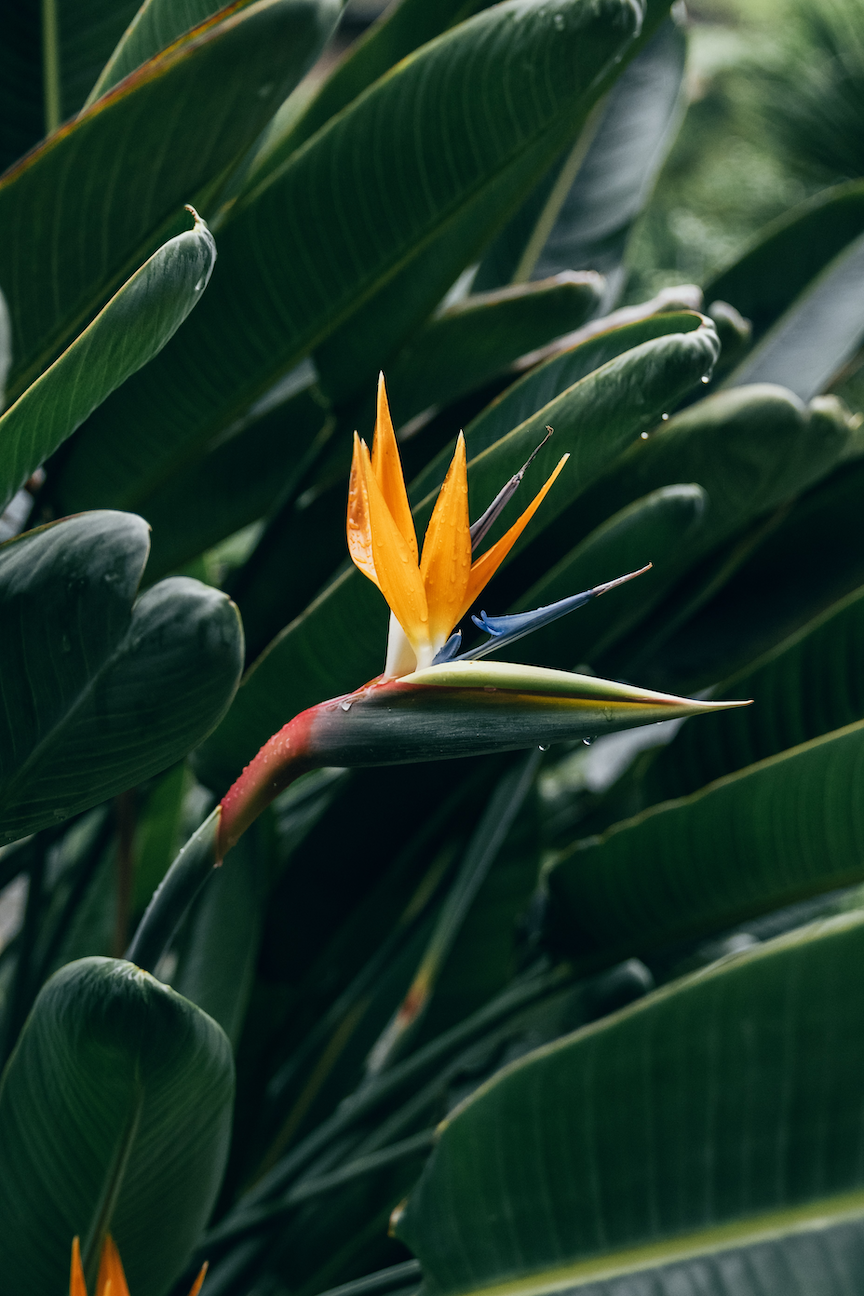
How to care for a Bird of Paradise plant
Share
☀️ How much light does a Bird of Paradise plant need?
For best results, we recommend putting your Bird of Paradise in a spot where it will receive a few hours of direct sun each day, or in an area with bright, indirect sunlight throughout the day. Here are some examples of where you should keep your plant.
Best light for a Bird of Paradise plant
Bright indirect light or direct sun, such as:
- In an unobstructed South, East or West-facing window.
- In a shaded spot close to a South, East or West facing window where the plant can still see the sky.
- In a South, East or West facing window with a semi-transparent or sheer curtain.
Bonus tip: if you keep your plant in an area where it receives direct sunlight, consider shading your plant or moving it slightly out of the harsh sun during the hottest, longest days of the year - usually July & August.
OK light for a Bird of Paradise plant
Spaces with medium light, such as:
- More than 5 feet away or more from a bright window but where the plant will still have a view of the sky.
- In a partially obstructed South, East or West facing window, e.g. buildings or trees blocking the plant's view of the sky.
- In a North facing window. Windows facing North receive no direct sun and have the lowest intensity of light throughout the day.
📆 How often should I water a Bird of Paradise plant?
Bird of Paradise plants like their soil to dry out a little between waterings so you should resist watering on a specific schedule. Instead, check the soil of your plant periodically to see if it's dry and thirsty before you water.
Check the soil's moisture every 7-10 days by sticking your finger or a chopstick about halfway down the soil. If the soil still feels moist, your plant is not ready to be watered. Check the soil again in a few days. If the soil feels dry, it's time for some water!
Bonus tip: A quick and easy way to tell if your plant's soil is dry is by picking it up. A very dry plant will feel very light compared to one that is heavy with water in the soil.
🌧 How to water a Bird of Paradise plant.
1. Water the surface of the soil throughly all around the soil's surface, aiming to soak the soil evenly. The goal is for the roots all around the plant to have access to water. The plant should feel noticeable heavier after a proper watering.
2. Water should flow freely from the drainage hole at the base of the pot when you've watered sufficiently. Ensure that any excess water that comes out of the pot's base is removed so that it is not sitting in a pool of water.
Bonus tip: Because many tropical plants like to dry out between watering, the soil can become hard, compacted and lumpy, making it difficult for water to get to the roots. We recommend using a chopstick or another long, blunt tool to make some holes in the soil before watering. This will ensure that water is able to penetrate the soil and get to the roots successfully.
🤔 Common questions about Bird of Paradise plants.
Are Bird of Paradise plants safe for pets and children?
Bird of Paradise are not toxic to humans, and the ASPCA lists the Bird of Paradise as mildy toxic to dogs and cats if ingested. Symptoms of ingesting the plant are typically mild and can include mouth irritation, drowsiness, nausea and vomiting.
When should I repot my Bird of Paradise plant?
Unlike some other houseplants, Birds of Paradise perform and grow best when their roots are crowded, so you can leave them in the pot they came in for 2-3 years.
How do I get my Bird of Paradise plant to flower?
It is quite difficult to get a Bird of Paradise to flower indoors. In the wild, Bird of Paradise plants get an extreme amount of sunlight, humidity and moisture. Replicating these conditions in a home can be challenging, especially a Canadian one where we have such short days in the winter.
It's not impossible though and a few things can help you succeed:
- Give your plant as much bright light as possible with 4-6 hours of direct sun if possible. Supplementing with a grow light would help.
- Fertilize your plant in the Spring through to the Fall.
- Provide extra humidity to the plant
- Keep the soil evenly moist throughout the hotter, sunnier summer months.
- Repot sparingly. Keeping Perdy root bound will make her more like to bloom.
